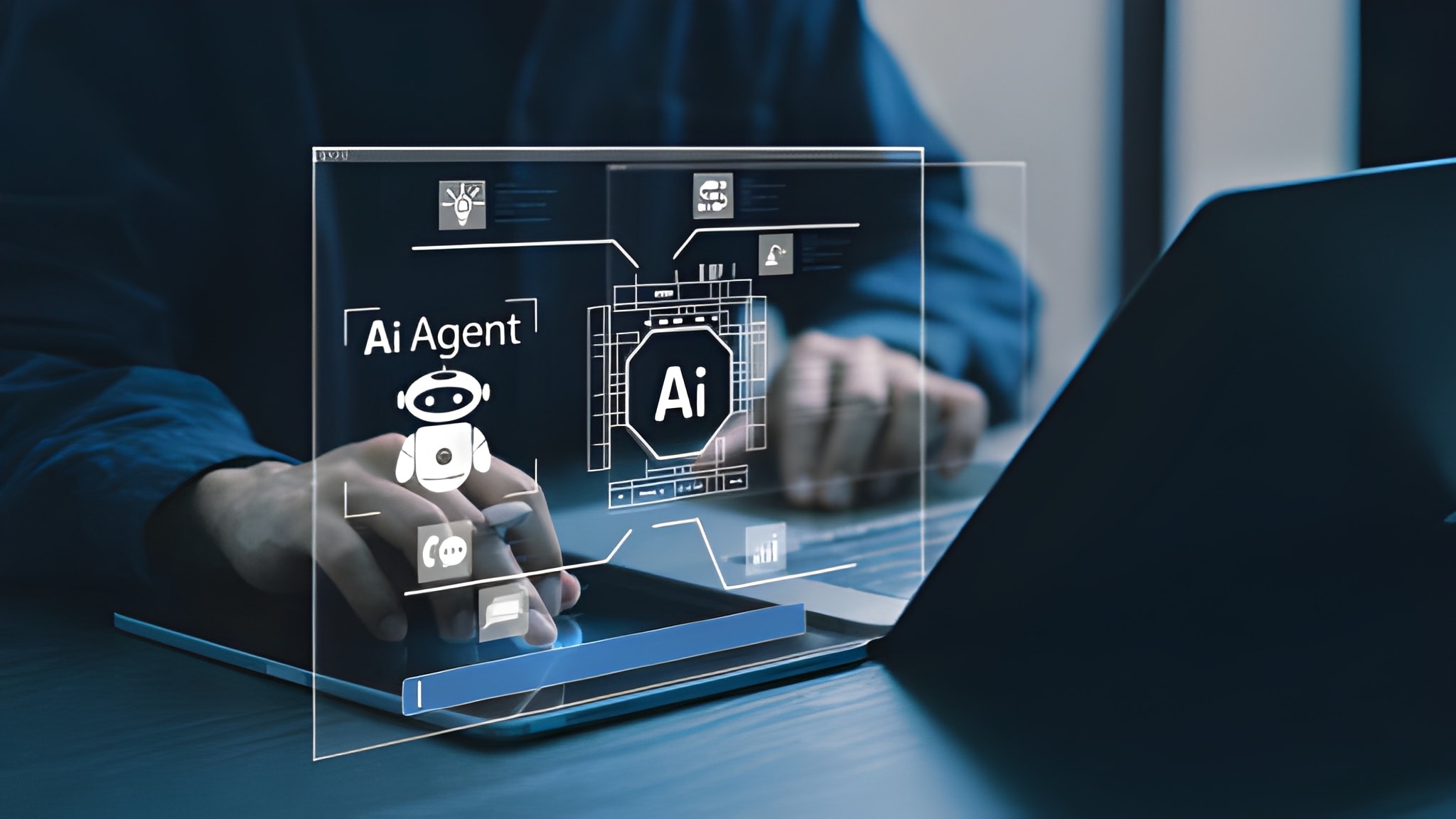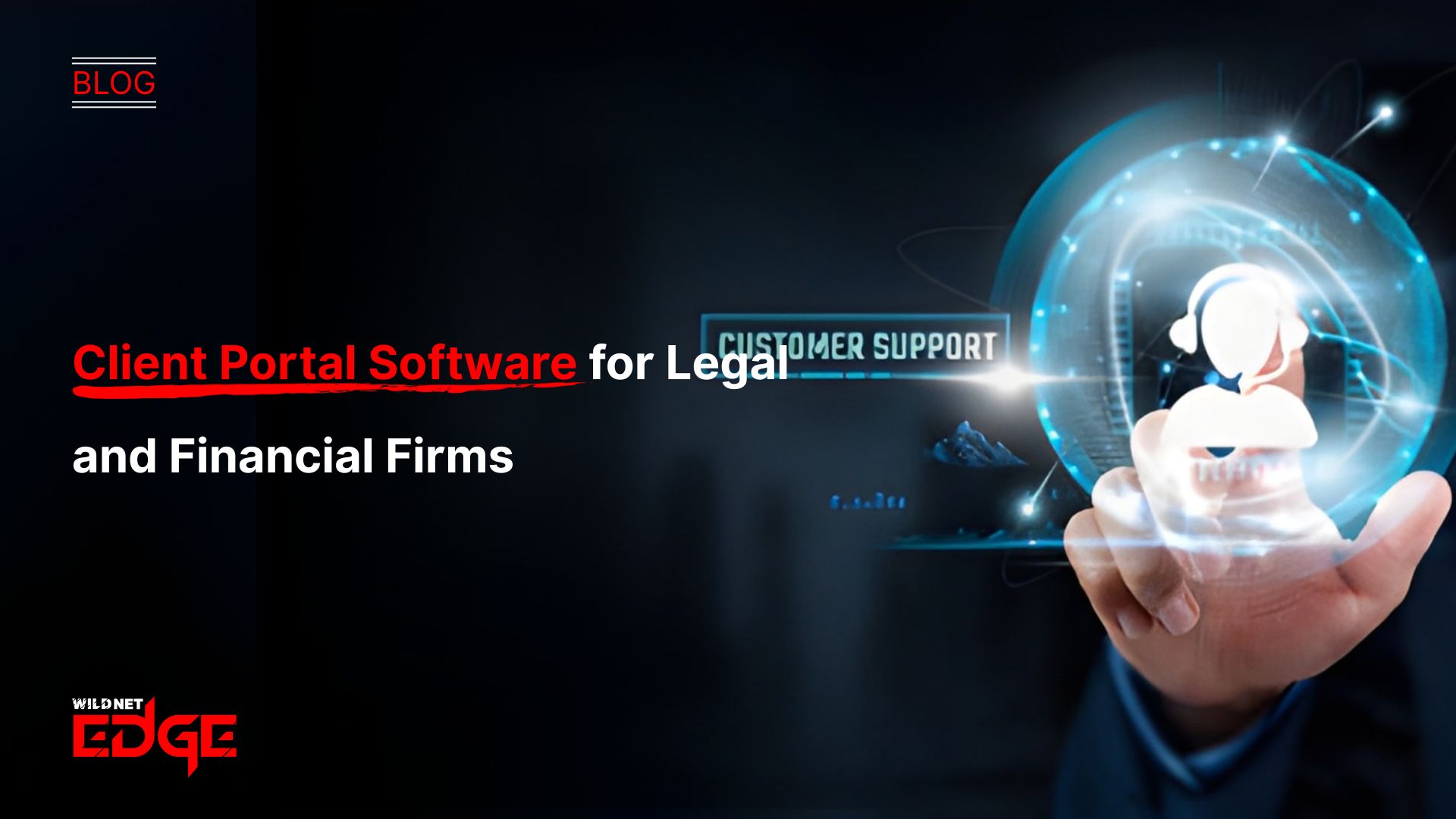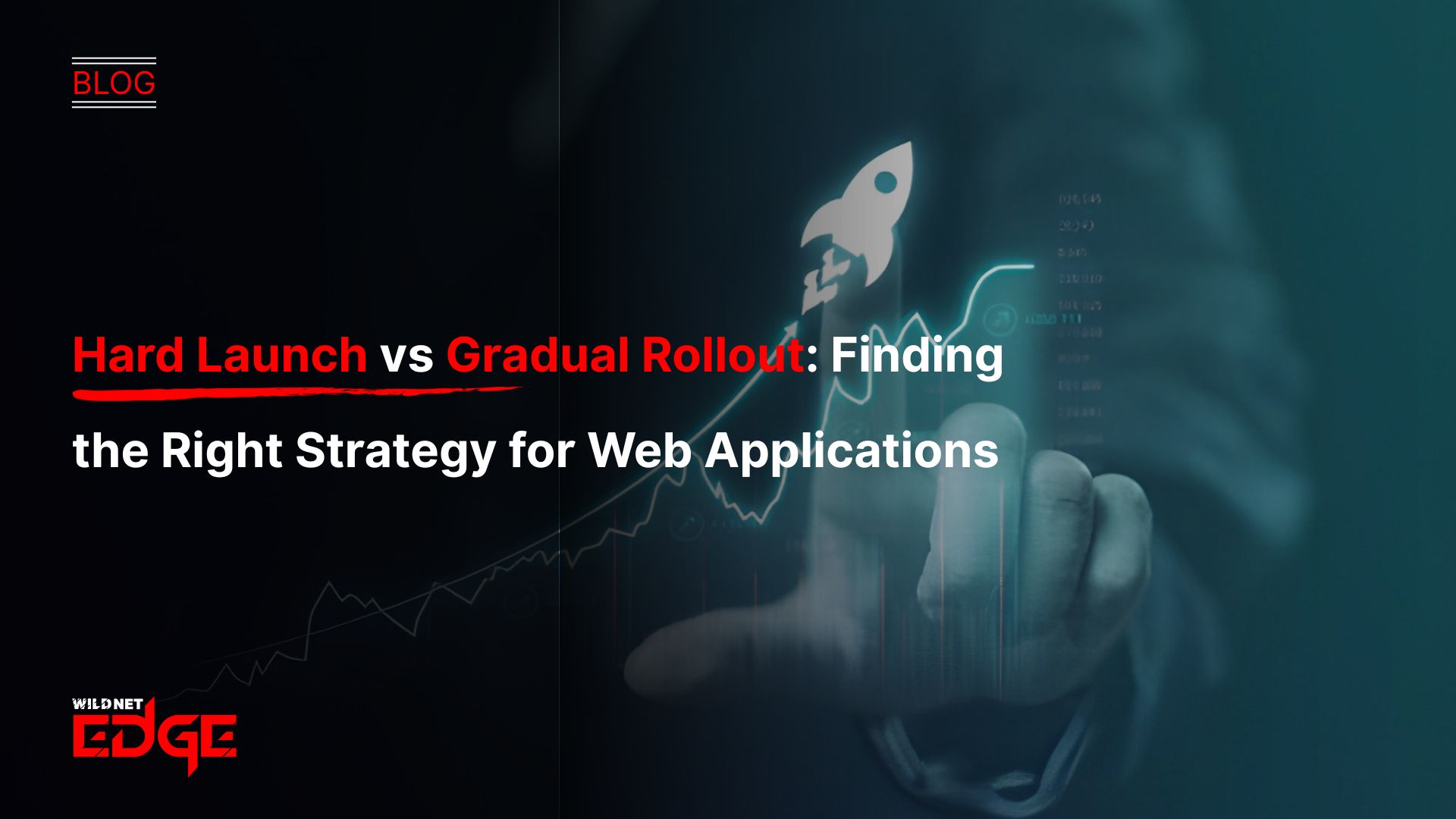TL;DR
An AI roadmap for business serves as a strategic blueprint that guides a company from its initial vision to a scalable AI integration. The article explains that this roadmap is essential for avoiding costly, isolated experiments and ensuring every AI initiative drives real business value. It outlines a five-phase approach: 1) Aligning the AI vision with core business goals. 2) Assessing data readiness and technology infrastructure. 3) Prioritizing high-impact use cases and launching pilot projects. 4) Creating a governance framework for responsible execution. 5) Fostering an AI-ready culture through training.
Many companies are experimenting with artificial intelligence, but few truly transform with it. The difference between a series of disconnected AI projects and a genuine business evolution lies in having a clear, strategic plan. An AI roadmap for business is that plan. It’s the essential blueprint that aligns your technology initiatives with your most critical business goals, ensuring that your investment in AI delivers a powerful, sustainable return.
What is an Enterprise AI Roadmap?
An enterprise AI roadmap is a comprehensive, long-term strategic document that outlines how your organization will leverage AI to achieve its objectives. It’s much more than a simple project timeline. This roadmap details the why, what, who, and how of your AI journey.
It connects your high-level vision to a practical AI implementation plan, detailing the necessary steps, required resources, potential risks, and key performance indicators (KPIs) for success. A proper roadmap ensures that AI adoption in business is a coordinated, strategic effort rather than a collection of random acts of technology.
Why a Strategic AI Roadmap is Non-Negotiable in 2025
In today’s competitive landscape formal AI roadmap for business is critical for several reasons:
- Maximizes ROI: It ensures you invest in AI projects that solve your biggest problems or unlock your greatest opportunities, preventing money from spending on low-impact initiatives.
- Mitigates Risk: It forces you to consider challenges like data security, ethical implications, and regulatory compliance from the very beginning.
- Secures Stakeholder Buy-In: A clear plan with defined business outcomes makes it much easier to get support and budget from executives and board members.
- Guides Scalable Growth: It provides the framework to move from a single successful pilot project to a full-scale, enterprise-wide transformation.
The 5 Key Phases of Building Your AI Roadmap
Creating a successful enterprise AI roadmap is a methodical process. Here are the five essential phases every business leader should follow.
Phase 1: Vision and Business Alignment
Before you think about technology, you must define your business objectives. The first phase of your AI development and implementation plan is about answering the question: “What do you want to achieve?” This involves workshops with key stakeholders from every department to identify core challenges and opportunities. The goal is to create a clear vision statement.
Phase 2: Data and Technology Assessment
AI runs on data. This phase involves a candid assessment of your current state. Do you have clean, accessible data? Do you have the right infrastructure to support AI and machine learning workloads? This is where you evaluate your data governance policies, your cloud infrastructure, and your existing technology stack. Understanding your current capabilities will help you identify the gaps you need to fill.
Phase 3: Use Case Prioritization and Pilot Projects
You can’t do everything at once. In this phase, you will identify and prioritize a list of potential AI use cases. Each use case should be scored based on its potential business impact and its technical feasibility. Once you have your prioritized list, select one or two high-impact use cases for an initial pilot project.
Phase 4: Scaling and Governance
This phase of your AI roadmap for business involves creating the governance and operational framework to support multiple AI projects. This includes establishing a Center of Excellence (CoE), defining MLOps (Machine Learning Operations) best practices, and creating a clear process for moving models from development to production. This is often where complex enterprise app development comes into play to build robust, scalable systems.
Phase 5: Fostering an AI-Ready Culture
The final and most crucial phase concerns your people. A successful transformation requires a cultural shift. This involves investing in training and development to upskill your workforce. It also means fostering a culture of data-driven decision-making and encouraging experimentation. A successful AI implementation plan must include a change management strategy that helps employees understand and embrace their new AI-powered tools.
Our AI Roadmap Services in Action: Case Studies
Case Study 1: A Retailer’s Path to Personalization
- The Challenge: A national retail chain was losing market share to online competitors. They knew they needed to use their vast customer data, but lacked a clear strategy.
- Our Solution: We worked with their leadership team to build an enterprise AI roadmap focused on creating a hyper-personalized customer experience. The roadmap prioritized a pilot project for an AI-powered product recommendation engine.
- The Result: The pilot was a huge success, leading to a 15% increase in average order value. This early win secured the budget for the next phases of the roadmap, which included AI-powered inventory management and supply chain optimization.
Case Study 2: A Financial Services Firm’s Efficiency Drive
- The Challenge: A financial services firm was burdened by slow, manual back-office processes. They wanted to use AI to improve efficiency and reduce operational costs but didn’t know where to start.
- Our Solution: We helped them develop an AI roadmap for business focused on intelligent automation. The first step in their AI implementation plan was to use natural language processing (NLP) to automate document analysis and data extraction. This involved a sophisticated piece of custom software development.
- The Result: The AI solution reduced document processing time by 90% and eliminated human error. The success of this project paved the way for further AI initiatives in fraud detection and algorithmic trading.
Our Technology Stack for AI Strategy and Development
We use a modern, scalable stack to build and deploy robust AI solutions.
- AI & Machine Learning: TensorFlow, PyTorch, Scikit-learn, Keras
- Cloud AI Platforms: Google Cloud AI Platform, Microsoft Azure AI, AWS AI Services
- Data Processing & Analytics: Apache Spark, Databricks, Snowflake
- MLOps: Kubeflow, MLflow, Amazon SageMaker
- Programming Languages: Python, R
Conclusion
In short, building an enterprise AI roadmap is the most critical step in moving from simply talking about AI to achieving a true business transformation. It provides the clarity, focus, and structure needed to navigate the complexities of AI adoption in business. By following a methodical process that aligns with your goals, prepares your organization, and scales responsibly, you can unlock the immense potential of this technology.
At Wildnet Edge, our AI-first approach is not just about building models; it’s about partnering with you to create the strategic AI roadmap for business that will serve as your guide to a smarter, more efficient, and more competitive future.
FAQs
A comprehensive enterprise AI roadmap is typically developed over 2 to 4 months. This involves workshops, data assessments, and strategic planning sessions with your leadership team to ensure complete alignment.
The biggest mistake is the “technology-first” approach, where a company adopts an AI tool without a clear business problem to solve. A successful AI implementation plan always starts with a business goal, not a piece of technology.
No. Building the roadmap is a strategic business exercise. While you will need technical expertise to assess feasibility, the initial phases are led by business leaders. You can partner with an external firm to provide the deep technical knowledge needed for later stages.
An AI roadmap for business is a living document. You should review and update it annually, or whenever there is a significant shift in your business strategy or the technology landscape.
A dedicated workstream focused on responsible AI should be a core part of your roadmap. This involves creating a governance committee, establishing principles for fairness and transparency, and building processes to audit your models for bias.
The first step is to assemble a cross-functional steering committee. This group, which should include leaders from business, IT, and data teams, will champion the process and ensure the final roadmap has broad support across the entire organization.
The ROI of the roadmap itself is in risk mitigation and resource optimization. It prevents you from wasting money on failed or low-impact projects. The ROI of the resulting AI initiatives can be massive, with returns coming from increased revenue, reduced operational costs, and improved customer satisfaction.

Nitin Agarwal is a veteran in custom software development. He is fascinated by how software can turn ideas into real-world solutions. With extensive experience designing scalable and efficient systems, he focuses on creating software that delivers tangible results. Nitin enjoys exploring emerging technologies, taking on challenging projects, and mentoring teams to bring ideas to life. He believes that good software is not just about code; it’s about understanding problems and creating value for users. For him, great software combines thoughtful design, clever engineering, and a clear understanding of the problems it’s meant to solve.
 sales@wildnetedge.com
sales@wildnetedge.com +1 (212) 901 8616
+1 (212) 901 8616 +1 (437) 225-7733
+1 (437) 225-7733































